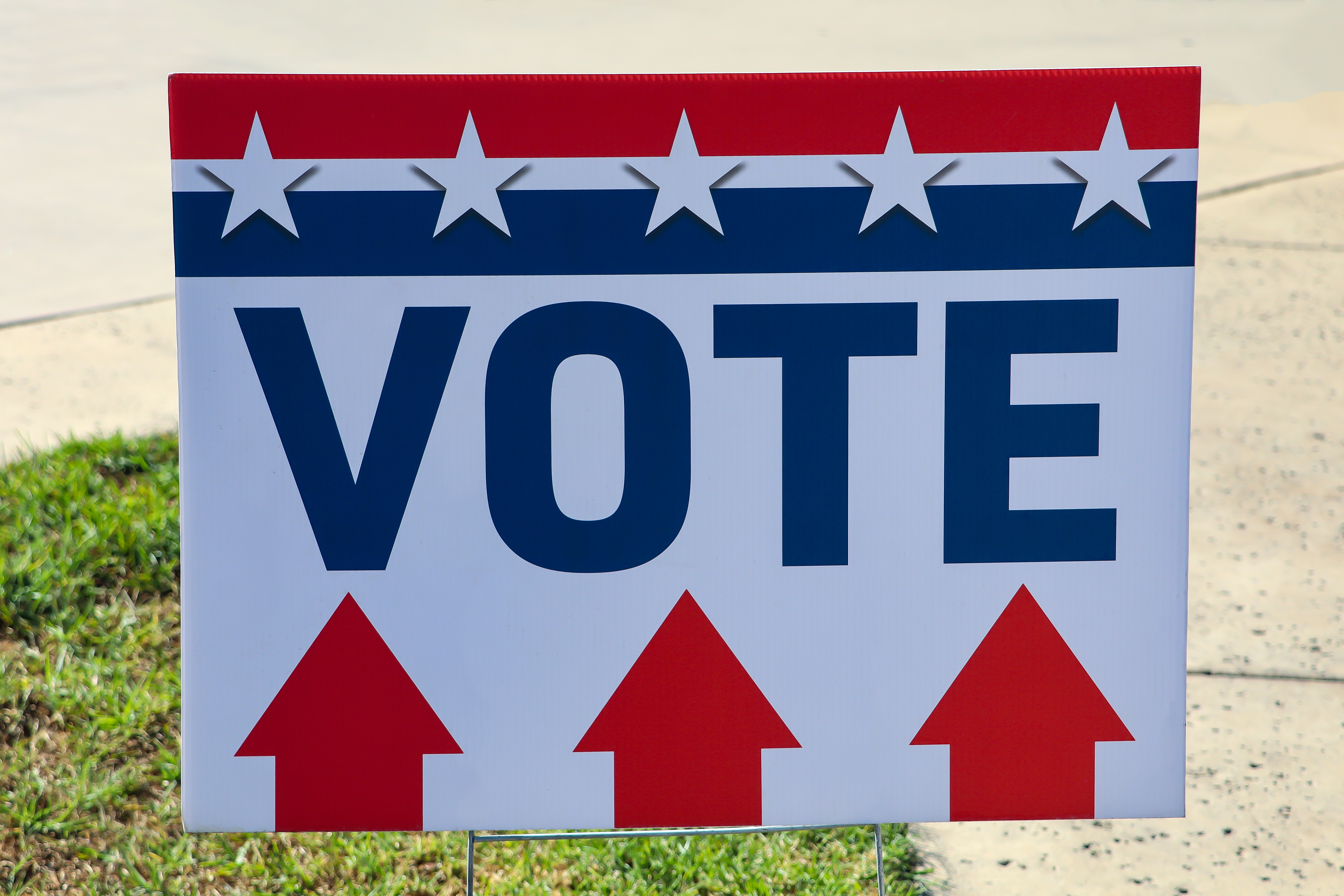AARP Hearing Center
AARP's State Election Guides Help Voters Navigate Changing Laws
By Natalie Missakian, February 21, 2024 10:35 AM

En español | The 2024 election season is in full swing, with early voting either underway or starting later this month in more than a dozen states ahead of Super Tuesday on March 5.
Voters 50-plus are expected to be a powerful voting bloc in this year’s crucial elections. With so much at stake, AARP wants to make it easier for older adults to get the information they need to cast their ballots.
As AARP has done in the past, we’ve published election guides for all 50 states, plus Washington, D.C.; Puerto Rico; and the U.S. Virgin Islands, to help voters keep track of the changes and important deadlines related to the electoral process where they live.
The guides offer information on how to register, whether absentee voting is offered and whether you need to show ID at the polls in your state. They also provide information on how to find your polling place, view sample ballots, vote with a disability and more. We’ll keep our guides updated throughout the election season to help voters stay on top of the latest information.
“Voters have many options when it comes to voting. AARP wants to make sure they understand what those options are in their state,” said John Hishta, AARP senior vice president for campaigns. “Now more than ever, it’s important their vote counts.”
AARP, which is a nonpartisan organization, has also been active around the country to ensure voting remains accessible for older Americans. We helped pass ballot initiatives that will bring early voting to Connecticut and expand voting options in Michigan this year. We helped improve voter ID legislation in Nebraska and pushed back against bills that made it harder to vote in Wyoming and other states.
But even in states that have made changes to make voting easier, knowing when, where and how to vote can be a challenge. New election laws or changes in response to court rulings mean voting may look very different in some states in 2024. For example:
- Some states that previously chose their presidential nominees through primaries have moved to party-run caucuses this year, and vice versa. Idaho and Missouri passed laws that eliminated presidential primaries. Nevada, which has traditionally used caucuses in presidential elections, moved to primaries this year. But the results won’t be recognized by the Nevada Republican Party, which held its own caucus. Maine, meanwhile, is moving from a closed to a semi-open primary, allowing unaffiliated voters to cast ballots in a party primary of their choice.
- In states like Ohio, Nebraska and North Carolina, voters will see tougher voter ID rules in 2024, while Colorado and Michigan have expanded their lists of IDs that will be accepted at the polls. Other states have changed deadlines for absentee ballots or banned the use of drop boxes.
- Some states, including Georgia, North Carolina and Montana, have redrawn their political maps for 2024 following recent court rulings. That means some U.S. congressional or state legislative districts may change for some voters, affecting which candidates appear on their ballots.
- And sweeping voting laws passed in states such as Texas and Georgia after the 2020 election continue to face challenges in court.
Learn more about voting rules in your state, and keep up with AARP’s election coverage at aarp.org/elections.
This article has been updated.
Natalie Missakian covers federal and state policy and writes AARP’s Fighting for You Every Day blog. She previously worked as a reporter for the New Haven Register and daily newspapers in Ohio. Her work has also appeared in the AARP Bulletin, the Hartford Business Journal and other publications.
Visit aarp.org/fightingforyou to learn more about how AARP acts as your fierce defender on issues that impact adults 50-plus.































































